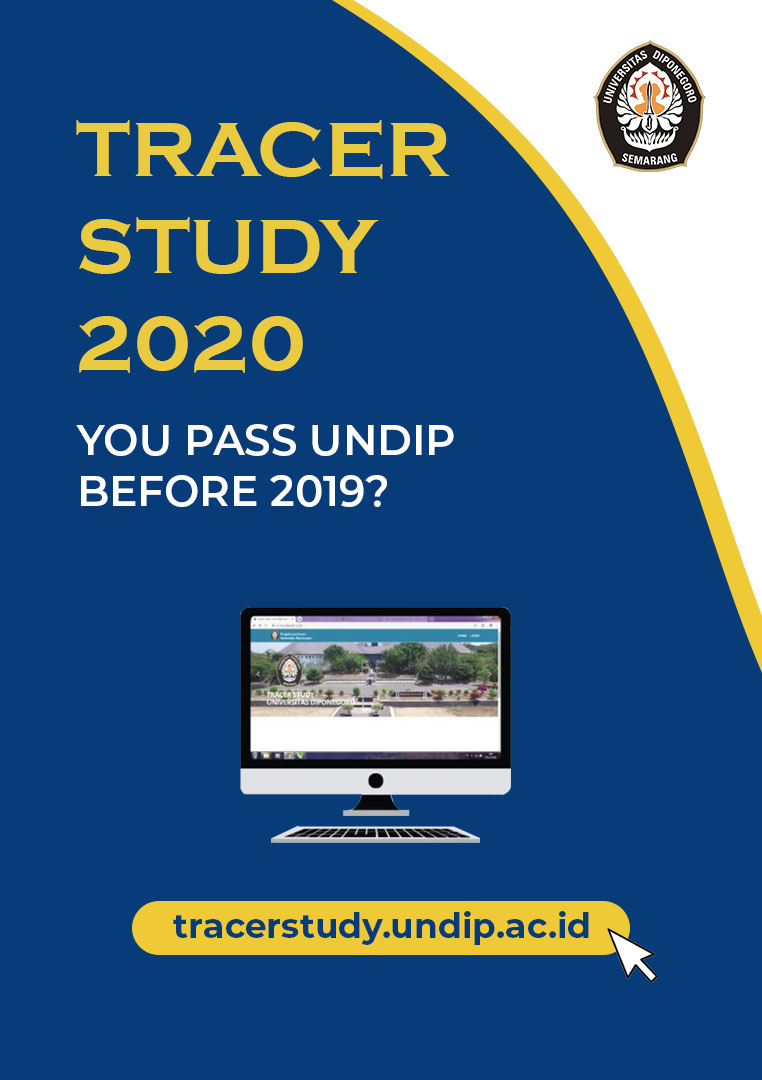FPIK, SEMARANG – Fish farming has become the main choice in the fisheries sector, but the challenges of increasingly limited land and water resources often become an obstacle. Etc. Kutorejo, District Kajen (2 August 2023) In an effort to overcome these obstacles, the innovation of fish farming in buckets emerged as an attractive alternative. Training on cultivating fish in buckets was held by Diponegoro University KKN Team II to encourage the creativity of Kutorejo Village residents, especially housewives, and open up new opportunities for economic development.

Photo: Undip KKN team training atmosphere.
Fish farming in buckets is known as fish farming in containers or limited tanks, which is a fish farming method where fish are kept in small containers such as ponds. This method is often used when land or water resources are limited, making it impossible to cultivate fish on a large scale. Fish are provided with an adequate environment for their growth and development. The buckets used are generally equipped with a filtration and aeration system to maintain good water quality. However, it is different from the budikdamber carried out by Diponegoro University KKN Team II, which uses catfish.
Catfish are considered suitable for cultivation in buckets due to several reasons, such as wide environmental tolerance, growth rate, varied diet, flexible environmental management, suitable body size, and availability of seeds. Catfish seeds are very easy to get because there are many markets. The low need for oxygen made Undip Team II KKN students choose catfish for the work program. However, despite its advantages in cultivating catfish, it is still important to pay attention to water quality, proper feeding, and good care to ensure the optimal growth and health of catfish.
Training on Fish Cultivation in Buckets begins with providing basic material related to maintenance, feeding, and others. After providing clear materials, we will continue with the procedures for making cultivation containers with buckets. The equipment needed to carry out this training is affordable and easy to obtain. The procedure is carried out using a container with holes in the bottom for draining dirty water and the lid of the bucket for airing the fish. Undip KKN Team II students carried out two types of fish cultivation in buckets. The first type of container is only for cultivating catfish, while the second type of container can be accompanied by semi-hydroponic planting at the top of the bucket by planting kale.
The socialization activity closed with the giving of door prizes. At the start of the event, each training participant was given a lottery number and a photo with all the PKK mothers, Posyandu Cadre Mothers, RT/RW Mothers, other housewives, and Undip Team II KKN students. It is hoped that this program will be useful and also improve the economy of Kutorejo Village families with the results of fish cultivation in buckets, which can be sold or consumed by households. (Source: kelautan.fpik.undip.ac.id)
Author: Baiq Alyssa Rinjani Putri (Marine Science Study Program).
DPL: Imam Santoso, S.T., M.T.
Location: Kutorejo Village, Kajen District, Pekalongan Regency


